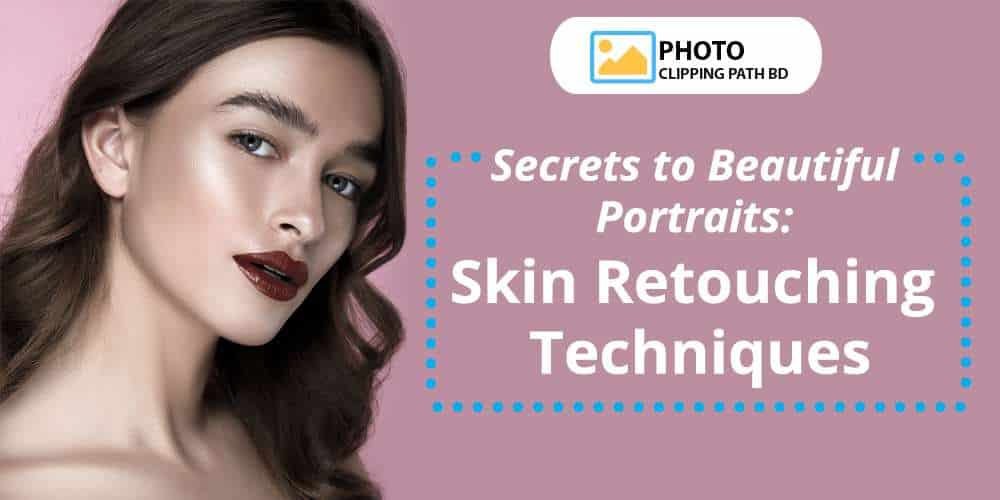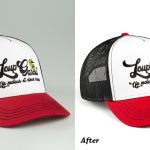Secrets to Beautiful Portraits: Skin Retouching Techniques
As a photographer, creating stunning portraits is a must-have skill. However, capturing beautiful portraits is only half the battle, editing and retouching skin blemishes is essential for the final image to stand out. In this article, we will discuss the secrets to beautiful portraits and the best skin retouching techniques to achieve them.
Table of Contents
- Understanding Skin Texture
- Camera Settings for Flawless Skin
- Skin Retouching Tools and Techniques
- Spot Healing Brush
- Healing Brush
- Clone Stamp
- Frequency Separation
- Dodge and Burn
- Color Correction for Skin Tones
- Final Touches and Exporting
- Tips for Natural and Realistic Retouching
- Common Mistakes to Avoid
- Conclusion
- FAQs
Understanding Skin Texture
Before we dive into skin retouching techniques, it is essential to understand skin texture. Every person’s skin has a unique texture, including wrinkles, pores, and other imperfections. Retouching too much can result in an unnatural appearance, losing the authenticity of the portrait. Therefore, it is crucial to strike a balance between retouching and keeping the skin’s natural texture.
Camera Settings for Flawless Skin
Getting the camera settings right can make skin retouching a lot easier. Firstly, choose a low ISO to avoid noise in the image. Secondly, set the aperture to wide-open for a shallow depth of field, which creates a soft, out-of-focus background. Lastly, adjust the white balance to avoid color cast that may affect skin tones.
Skin Retouching Tools and Techniques
Skin retouching tools can significantly improve the portrait’s quality while maintaining a natural look. Discover a few of the most effective methods with these expert techniques:
1. Spot Healing Brush
The spot-healing brush is the quickest way to remove small blemishes from the skin. It detects the surrounding pixels and blends them to match the skin’s texture.
2. Healing Brush
The healing brush works similarly to the spot healing brush but allows the user to select a source for the pixels to replace the blemish. It is ideal for larger imperfections such as scars.
3. Clone Stamp
The clone stamp is a more advanced tool that allows the user to clone one area of the skin to another. It is useful for removing large imperfections such as tattoos.
4. Frequency Separation
Frequency separation is a technique that separates the skin’s texture from the color and tone. It enables the user to retouch the skin’s texture and tone independently. It is ideal for advanced retouching where a higher level of control is needed.
5. Dodge and Burn
Dodge and burn is a technique that brightens or darkens areas of the skin. It adds depth and definition to the portrait while maintaining the skin’s natural texture.
Color Correction for Skin Tones
Color correction is an essential step to ensure skin tones look natural and realistic. Adjusting the hue, saturation, and luminance can create a balanced skin tone.
Final Touches and Exporting
After retouching and color correction, add final touches such as sharpening and vignetting. Lastly, export the image in the desired format.
Tips for Natural and Realistic Retouching
Retouching is an art that requires skill and practice to achieve natural and realistic results.
Here are a few pointers to help you accomplish this goal:
- Start with minimal retouching and build up gradually
- Avoid over-smoothing the skin texture as it can make the portrait look unnatural
- Retouch the skin’s texture and color separately using frequency separation
- Use the healing brush or clone stamp sparingly and only in areas that require it
- Keep the skin’s natural highlights and shadows to maintain a realistic look
- Avoid changing the skin tone too much as it can make the portrait look unrealistic
Common Mistakes to Avoid
Here are some common mistakes to avoid when retouching portraits:
- Overdoing the retouching: It’s easy to get carried away with smoothing out skin and removing imperfections, but over-retouching can make the portrait look unnatural and plastic-like.
- Not considering the lighting: If you retouch the skin without considering the lighting of the portrait, you could end up with skin that looks flat and lifeless.
- Ignoring skin texture: Completely smoothing out the skin can lead to a lack of texture and detail, resulting in a loss of realism.
- Changing skin tone too much: Making drastic changes to the skin tone can make the portrait look unrealistic and give the subject an unnatural appearance.
- Using too much blur: Overusing the blur tool can make the portrait look soft and out of focus, which is not desirable.
- Not paying attention to color balance: Adjusting the color balance of a portrait is important, as it can greatly affect the overall look and feel of the image.
By avoiding these common mistakes, you can create portraits that look natural, realistic, and visually appealing.
Conclusion
In conclusion, retouching is an essential part of portrait photography, but it’s important to approach it with care and precision to maintain a natural and realistic look. By using techniques such as frequency separation and healing brushes sparingly, paying attention to lighting and texture, and avoiding common mistakes such as over-retouching or changing skin tone too much, you can enhance the beauty of a portrait while still preserving its authenticity.
Remember, the ultimate goal of retouching is to highlight the best features of your subject while maintaining their unique and natural appearance. With the right skills and attention to detail, you can achieve stunning portraits that will be cherished for years to come.



